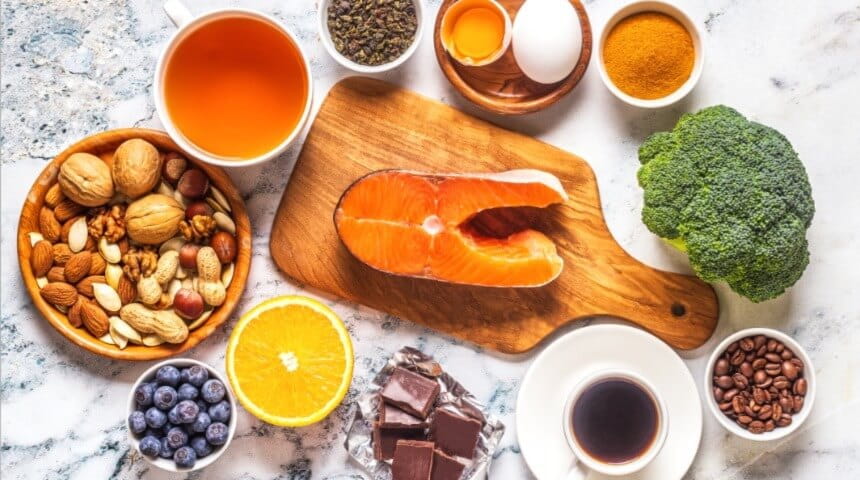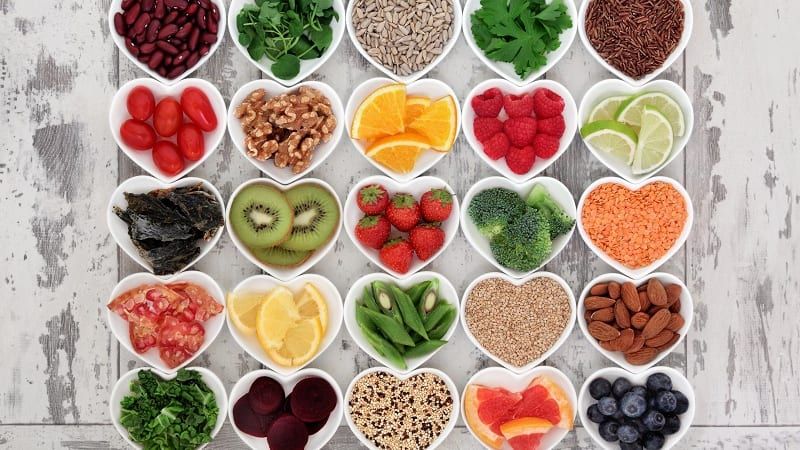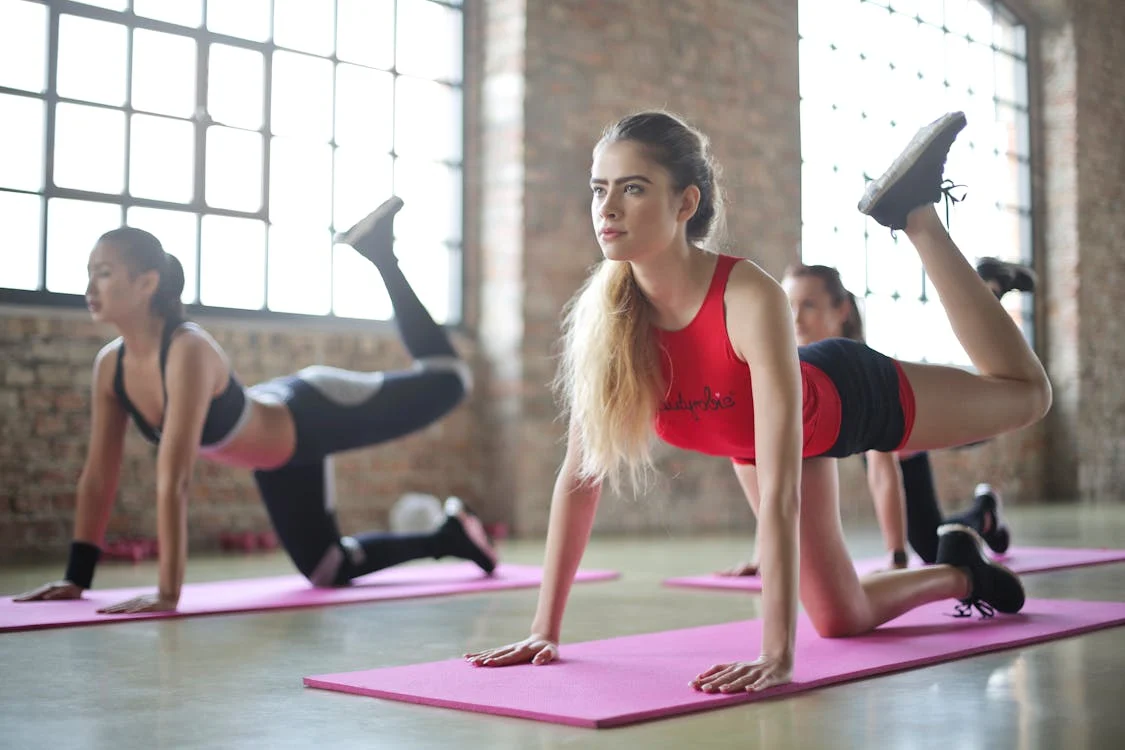The human brain is a remarkable organ that is fundamental to who we are and is in charge of all of our deeply held memories, feelings, and thoughts. Proactive measures are desperately needed as the world’s population ages and the serious issue of dementia and memory loss looms large. A growing amount of scientific research clearly shows that our dietary choices have a significant impact on brain health, even though there isn’t a single panacea. We can actively work to strengthen our cognitive defenses, possibly slowing decline and improving memory resilience, by purposefully introducing particular nutrient-dense foods into our daily lives. Let’s examine five amazing food groups that are all strong allies in the continuous fight against dementia and the maintenance of our priceless cognitive abilities.
1. The Resplendent Berries: Nature’s Antioxidant Powerhouses for Cognitive Protection
Imagine small, succulent bursts of flavor that deliver a mighty punch against cognitive decline. This is the remarkable reality of berries – blueberries, strawberries, raspberries, and blackberries. These vibrant fruits are exceptionally rich in antioxidants, particularly a type called anthocyanins, which are responsible for their deep, inviting hues. These powerful compounds are not merely for show; they actively combat oxidative stress and inflammation within the brain, two key processes implicated in the development and progression of neurodegenerative conditions like Alzheimer’s disease. Research consistently demonstrates that regular consumption of berries can lead to measurable improvements in memory, attention, and overall cognitive function. Making a habit of adding a handful of berries to your morning oatmeal, yogurt, or enjoying them as a simple snack is a delicious and highly effective strategy for boosting your brain’s protective mechanisms.
2. The Emerald Champions: Leafy Green Vegetables for Neural Fortification
Consider spinach, kale, collard greens, and other members of the leafy green family as the quiet architects of a robust brain. These unassuming vegetables are nutritional titans, overflowing with essential vitamins and compounds vital for cognitive health. They are excellent sources of vitamin K, lutein, folate, and beta-carotene. Vitamin K has been linked to improved cognitive performance, while folate plays a critical role in brain development and the production of neurotransmitters that facilitate brain communication. Furthermore, the array of antioxidants and anti-inflammatory agents within leafy greens work synergistically to protect brain cells from damage. Studies have shown a strong correlation between higher intake of leafy greens and a slower rate of cognitive decline. Whether incorporated into salads, lightly steamed as a side dish, or blended into a verdant smoothie, embracing leafy greens daily is a fundamental investment in long-term brain vitality.
3. The Deep-Sea Defenders: Fatty Fish Rich in Omega-3 Fatty Acids
Our brains are remarkably rich in fats, and among the most crucial are omega-3 fatty acids, specifically DHA (docosahexaenoic acid) and EPA (eicosapentaenoic acid). These vital compounds are integral structural components of brain cell membranes and are indispensable for efficient neural communication. Fatty fish such as salmon, mackerel, sardines, and trout are among the most potent dietary sources of these brain-boosting fats. Omega-3s are renowned for their ability to reduce inflammation, enhance blood flow to the brain, and support the growth and survival of brain cells. Extensive research indicates that individuals with higher dietary intakes of omega-3 fatty acids tend to have a lower risk of cognitive decline and neurodegenerative diseases. Aiming for at least two servings of fatty fish per week can significantly contribute to fueling and protecting your brain.
4. The Concentrated Goodness: Nuts and Seeds for Sustained Brain Power
Do not underestimate the power packed within these small but mighty morsels. Almonds, walnuts, chia seeds, flax seeds, and pumpkin seeds are concentrated reservoirs of brain-friendly nutrients. They are excellent sources of vitamin E, a potent antioxidant that safeguards brain cells from oxidative damage. Walnuts, in particular, stand out due to their significant content of alpha-linolenic acid (ALA), a plant-based omega-3 fatty acid. Beyond vitamins and healthy fats, nuts and seeds also provide essential minerals like magnesium and zinc, which play roles in nerve transmission and cognitive function. Numerous studies have suggested that regular consumption of nuts and seeds can lead to improvements in cognitive function, memory, and learning. A small handful as a snack or sprinkled over salads and cereals can offer a consistent boost to your brain’s performance.
5. The Golden Elixir: Extra Virgin Olive Oil for Neuroprotection
A cornerstone of the revered Mediterranean diet, extra virgin olive oil transcends its role as a mere cooking ingredient; it is a nutritional powerhouse for the brain. Its primary component is monounsaturated fat, which is known to benefit cardiovascular health – a crucial link to brain health, as optimal blood flow is paramount for cognitive function. More uniquely, extra virgin olive oil is rich in powerful antioxidants and polyphenols, including oleocanthal, a compound with impressive anti-inflammatory properties. Research indicates that the beneficial compounds in olive oil may actively help protect the brain from aging processes and the pathology associated with neurodegenerative diseases. Making extra virgin olive oil your primary cooking fat and liberally drizzling it over dishes is a delicious and effective strategy to infuse your diet with its neuroprotective benefits.
A Holistic Approach to Cognitive Well-being
While these five food groups offer substantial benefits, it is crucial to understand that they are part of a larger, integrated strategy for optimal brain health. A balanced and varied diet, consistently incorporating these brain-boosting foods, should be complemented by other vital lifestyle factors. These include engaging in regular physical activity, ensuring adequate and restorative sleep, actively managing stress levels, and consistently challenging your mind with mentally stimulating activities. By consciously adopting these comprehensive habits, we empower ourselves to build a stronger, more resilient brain, significantly enhancing our chances of preventing dementia and preserving our precious memories for a lifetime.









